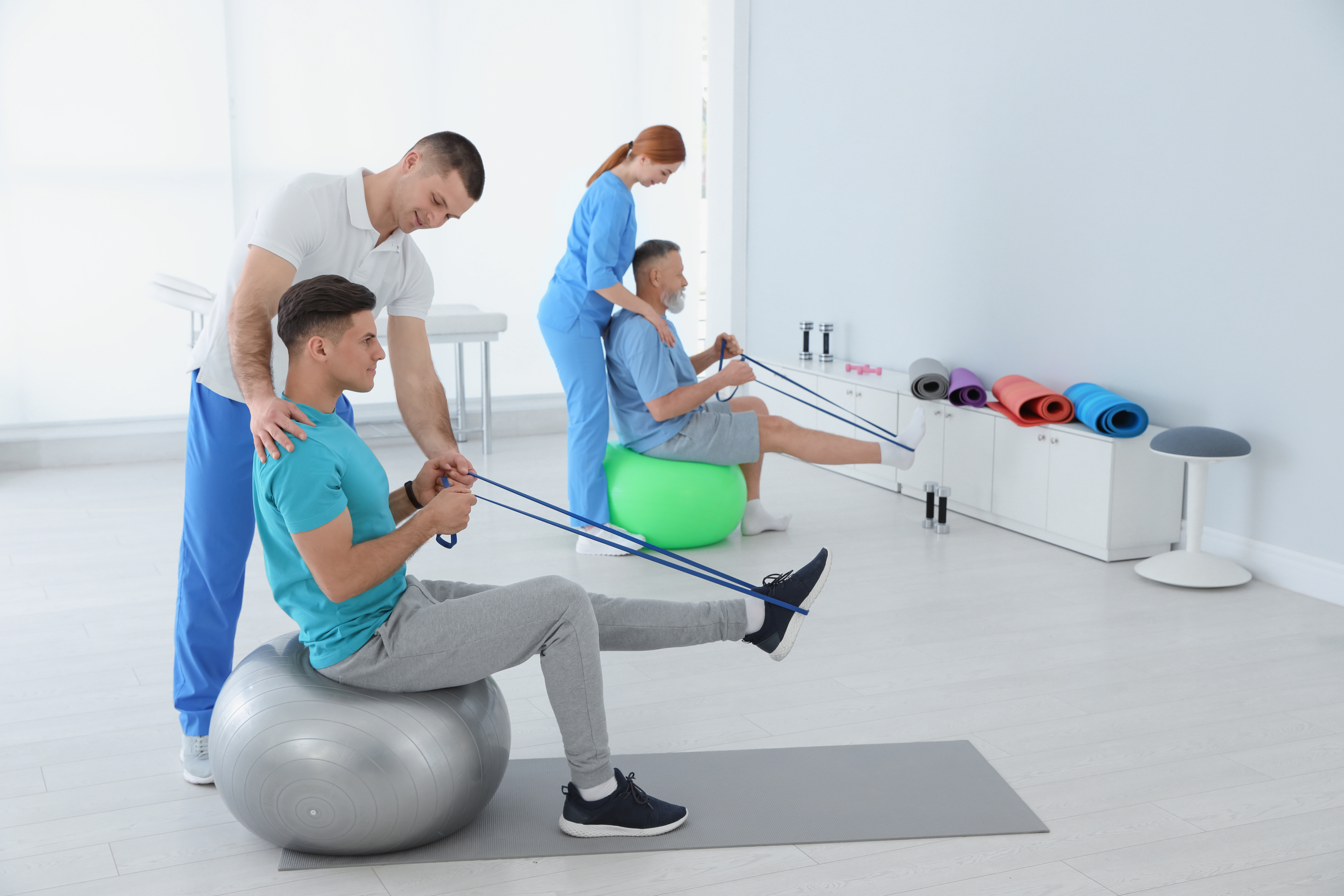Utilizing the Strength of Exercise to Reduce Chronic Pain and Improve Quality of Living
Utilizing the Strength of Exercise to Reduce Chronic Pain and Improve Quality of Living
Blog Article

Chronic pain impacts millions of individuals globally and can significantly reduce the quality of living. It can arise from multiple conditions, such as joint inflammation, chronic pain syndrome, or previous traumas. While medications and treatments are commonly employed to control pain, a growing body of research shows that exercise can serve a crucial role in relieving chronic pain. Engaging in regular physical exercise can not only help lower pain levels but also enhance overall well-being and capability. Understanding how exercise affects the body can empower patients to take control of their pain relief.
Physical activity has several physical benefits that can aid reduce chronic pain. When people participate in physical activities, their systems produce endorphins, which are natural pain-killers. Additionally, exercise can improve blood circulation and strengthen muscles, providing better support for joints. For those with conditions like arthritis, low-impact exercises such as swimming or cycling can help maintain joint flexibility without placing excessive stress on the body. Regular exercise also helps in preserving a fit weight, which can lessen the pressure on load-bearing joints and additionally ease pain.
In furthermore to its physical benefits, exercise has a positive impact on emotional health. Chronic pain can often result to emotions of anxiety and depression, which can exacerbate the experience of pain. Engaging in regular physical exercise can assist fight these emotions by enhancing self-esteem and elevating mood. Collective exercises, such as yoga or core strengthening, also provide social interaction, which can enhance emotional support. This mixture of bodily and emotional health benefits makes exercise an crucial component of a holistic pain relief strategy.
It is important to approach exercise with caution, especially for those dealing with chronic pain. Beginning slowly is vital to prevent worsening symptoms. Individuals should consider consulting healthcare experts to create a tailored exercise plan that takes into account their specific conditions and limitations. Activities such as flexibility training, walking, or light yoga can be excellent starting points. Slowly boosting the intensity and duration of workouts can help build strength and endurance without inducing undue strain on the system.
In summary, harnessing the power of exercise can significantly reduce chronic pain and improve standard of life. Regular physical activity not only helps to reduce pain through the release of endorphins and improved muscle strength but also promotes mental health. By including exercise into daily routines, individuals exercise for reducing anxiety can empower themselves in controlling their pain. A thoughtful and informed approach to exercise, guided by healthcare experts, can bring to lasting improvements in health and overall quality of life.